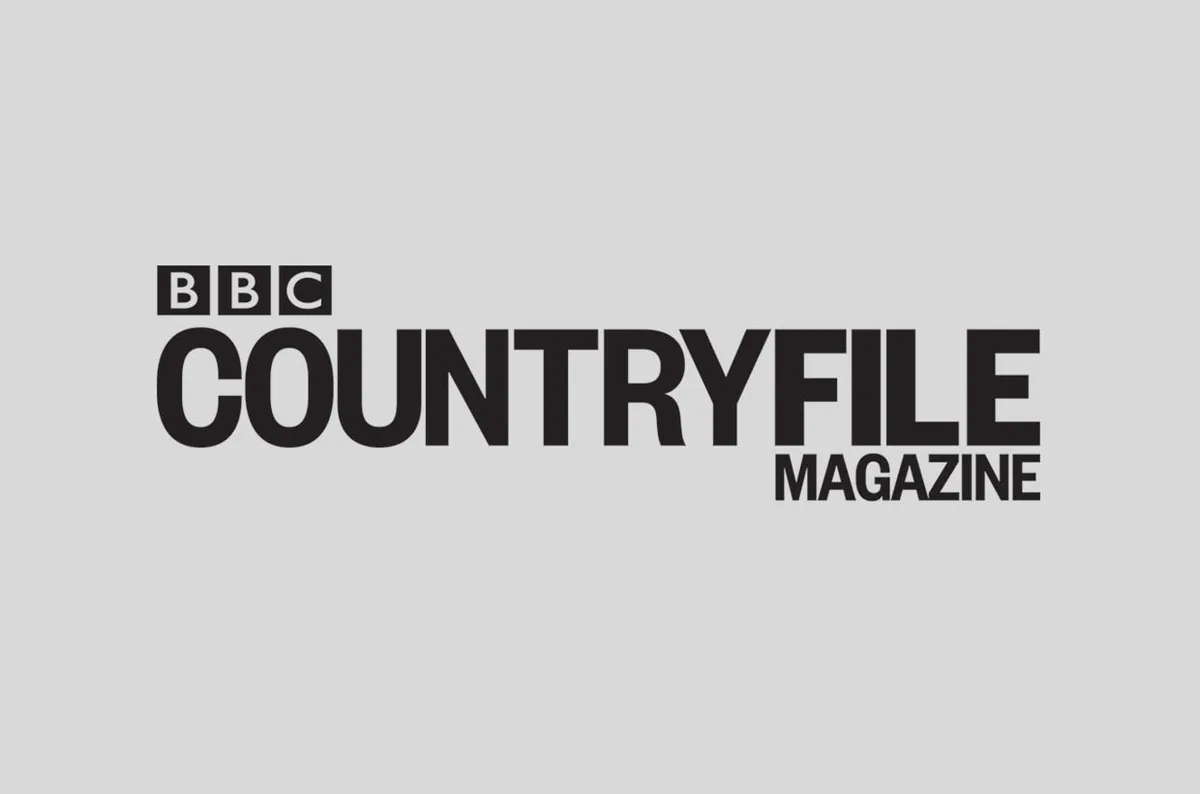
Those of you who get up early may have noticed the dawn chorus isn’t as noisy as it used to be. But the debate over why has set feathers flying in the usually tranquil world of ornithology.
Certainly the dramatic decline in songbirds over the past 40 years is alarming; skylarks down 53 percent, song thrushes down 49 percent – the list goes on and makes sad reading.
During that same time span, though, predator species such as sparrowhawks and buzzards have flourished. Surely there must be some connection? Not at all, says the RSPB, which puts the blame largely on modern farming methods for robbing birds of nesting habitat and food. But the Songbird Survival Trust (SST) says it’s not that simple and that more research is needed into the impact of predators. So this much smaller group of bird lovers is spending £88,000 on a two-year investigation to discover whether culling magpies and crows will reduce the decline.
Cue Mark Avery, conservation director of the RSPB, who says in a blog that he’s always thought the SST to be more anti-predator than pro-songbird: “though maybe I’ve got them wrong. I hope they take more notice of this research than they did of that they commissioned from the British Trust for Ornithology, which went some way to exonerate predators from being the cause of songbird decline.”
When I spoke to Norman Hope, a trustee of SST, he told me the previous research “didn’t prove anything either way” and denied the organisation was anti-predator or, as has been hinted elsewhere, closely linked to the shooting lobby. “I don’t shoot and neither do many other trustees,” he said.
Unnatural selection?
So, what should we make of all this? Songbirds and predators have coexisted for millions of years, and though it’s not a pleasant sight when birds of prey grab their next meal, that is nature’s way. Songbirds tend to produce large numbers of young to counter this threat. And with farmers tending to sow later in the year, there is now far less for wild birds to eat during bleak winter months.
I was intrigued by studies carried out at Wytham Woods in Oxfordshire, where the science of ecology was born. They show that sparrowhawks there devour large numbers of fledgling great tits and some adults, too. Yet the breeding population of great tits is much the same now as it was back in the 1960s, when sparrowhawks were wiped out by organochlorine poisoning.
Both sides of the predator argument can produce lots of emotional stories, and as the new SST research begins, Mike Russell of Sussex Wildlife Trust wades in, saying it’s wrong to call for a cull of magpies and crows. “It’s estimated that the nine million cats in the UK account for 55 million bird deaths a year,” he blogs, “but imagine the outcry if there was a general call for a cat cull!”
With our birds of prey, I prefer to think of them as innocent (if anything with talons and a hooked bill can be described as such) of the charge of songbird massacre until anyone can produce definite proof that they are guilty.
